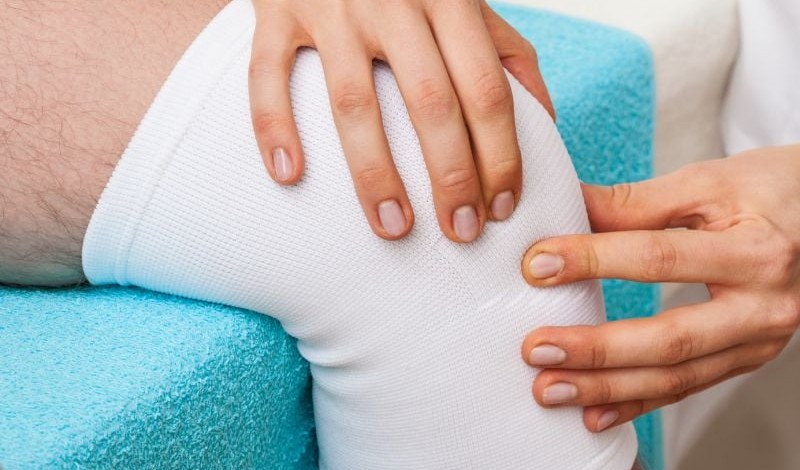Lower incidence of excessive opioid consumption seen for patients receiving femoral nerve block versus adductor canal block
By Elana Gotkine HealthDay Reporter
MONDAY, April 8, 2024 (HealthDay News) — For patients undergoing anterior cruciate ligament (ACL) reconstruction, a femoral nerve block (FNB) is associated with a lower incidence of excessive opioid consumption than adductor canal block (ACB), according to a study presented at the 49th Annual Regional Anesthesiology and Acute Pain Medicine Meeting, held from March 21 to 23 in San Diego.
Justin Chen, from Stanford University in California, and colleagues conducted a single-institution, randomized trial involving patients undergoing ACL reconstruction. Sixty patients received a standard ultrasound-guided femoral or ACB catheter before surgery; 28 and 29, respectively, were included in the analysis. Surgeries were completed under general anesthesia. Pain scores and opioid use were recorded in the recovery room before discharge home. At 24 and 48 hours after discharge from the recovery room, a quality of recovery questionnaire (QoR-15) was administered by phone.
The researchers found that opioid consumption was low in the FNB group and was high in the ACB group. Within the FNB group, no patients had high opioid consumption of more than 50 morphine milligram equivalents (MME)/day, while 79 percent had low opioid use of less than 10 MME/day. In the ACB group, 17 and 59 percent of patients had high and low opioid use, respectively. The FNB group had better continuous passive motion compliance than the ACB group at both 24 and 48 hours after surgery. No differences were seen for pain scores or the QoR-15 score between the FNB and ACB groups.
“The FNB catheter exhibits a superior analgesic profile compared to the ACB catheter,” the authors write. “This is evidenced by a lower incidence of excessive opioid consumption and a higher occurrence of CPM (continuous passive motion) usage, indicating active engagement in rehabilitation.”
Copyright © 2024 HealthDay. All rights reserved.








